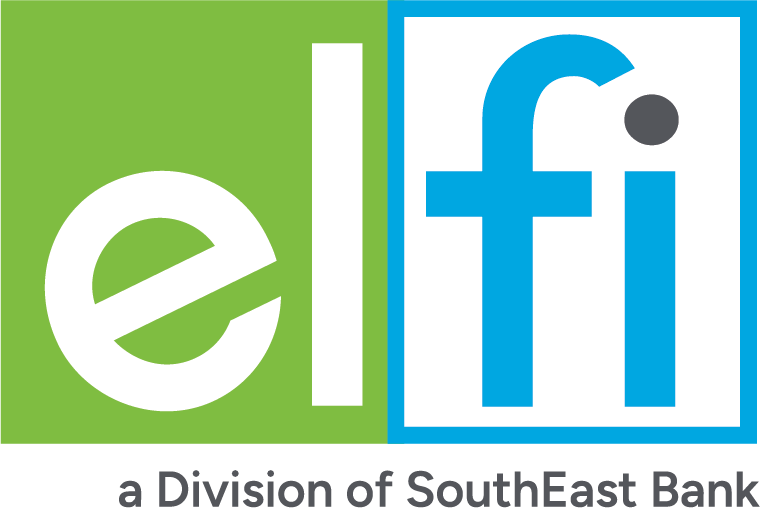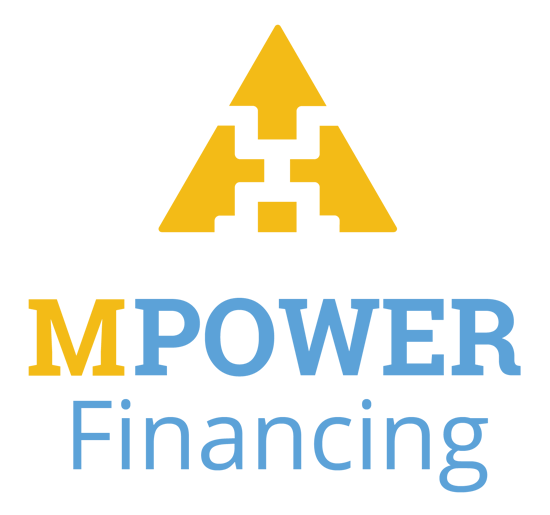What is Administrative Forbearance For Student Loans?
If administrative issues impact your student loan bills, your servicer might put you in an interest-free administrative forbearance until the problem gets fixed.

Many, or all, of the products featured on this page are from our advertising partners who compensate us when you take certain actions on our website or click to take an action on their website. However, this does not influence our evaluations. Our opinions are our own. Here is a list of our partners and here's how we make money.
As a result of federal court-issued injunctions, the U.S. Department of Education cannot implement parts of the Saving on a Valuable Education (SAVE) plan and other income-driven repayment plans. Stay up to date on the latest.
- Lawsuits block SAVE indefinitely: What SAVE borrowers need to know
- SAVE payments paused, interest starts accruing Aug. 1: Administrative forbearance 101
- Still want to sign up for IDR? Online applications reopen
- Confused about repayment options? Get student loan help
Your federal student loans may be placed in an “administrative forbearance” if an administrative or technical issue is impacting your ability to pay your bill.
You’ll be off the hook for student loan payments and interest accrual until the problem is resolved. This typically happens if your federal student loan servicer makes an error, like sending incorrect or late billing statements. There are a few other situations, like waiting for a borrower defense or Public Service Loan Forgiveness (PSLF) application to process, that can lead to administrative forbearance. The three-year pandemic payment pause was an administrative forbearance for most federal student loan borrowers.
An administrative forbearance differs from a general student loan forbearance in a few key ways:
| Administrative forbearance | General forbearance |
|---|---|
| Usually automatic, if you qualify due to an administrative issue. | You must request it from your servicer, due to financial hardships. |
| You can typically skip payments. | You can skip payments, or temporarily make smaller payments. |
| The forbearance typically lasts until the administrative issue is fixed. | The forbearance lasts until you end the forbearance, for up to 12 months at a time and up to three years total. |
| Interest does not typically accrue. | Interest does accrue, and you’ll have to pay it off through normal monthly payments when the forbearance ends. |
| Generally, you will get credit towards PSLF and income-driven repayment forgiveness for each month spent in forbearance. | You will not earn any credit toward forgiveness programs for months spent in forbearance. |
You won’t face student loan default or delinquency during an administrative forbearance. However, if you want to make payments during an administrative forbearance, you still can — and any amount of money you put towards your student debt will go further than usual since interest won’t be building up.
If you are placed in an administrative forbearance, you’ll receive an email or letter from your servicer about it. It will be automatically applied to your account until the situation is resolved.
Here are a few common reasons borrowers may see their student loans placed in an administrative forbearance.
Advertisement



Student loans from our partners

on SoFi® website
SoFi® 

Fixed APR
4.24-9.99%
Min. credit score
650
on Earnest website
Earnest 
Fixed APR
4.79-9.99%
Min. credit score
665

on Credible’s website
ELFI 

Best for faster repayment options
Fixed APR
4.88-8.44%
Min. credit score
680
SAVE administrative forbearance
The Education Department is putting all SAVE borrowers into an administrative forbearance indefinitely, after the 8th U.S. Circuit Court of Appeals blocked the income-driven student loan repayment plan following SAVE lawsuits filed by groups of Republican-led states. Payments won't be due and their interest rate will be 0% until the legal situation is resolved, which could take months.
Unlike typical administrative forbearances, borrowers will not earn credit toward income-driven repayment (IDR) loan forgiveness or Public Service Loan Forgiveness during this SAVE payment pause. The Education Department has shared a couple of official workarounds for borrowers eager to reach forgiveness: borrowers could switch to a different IDR plan, though online applications are currently closed until the lawsuits are resolved and switching will require submitting a PDF application, with expected delays. Borrowers nearing PSLF forgiveness eligibility could "buy back" credit for time spent in the administrative forbearance.
Call your servicer if you're a SAVE borrower who didn't get an email, or if you have any questions about the forbearance.
MOHELA administrative forbearance
In late October, the Education Department announced at least 2.5 million borrowers with the servicer MOHELA did not receive October billing statements in a timely manner; some received them within only seven days of their payment due date. (The Education Department requires servicers to send billing statements to borrowers at least 21 days before their due date.) Others received bills with incorrect payment amounts.
As a result, the Education Department instructed MOHELA to put affected borrowers into an administrative forbearance until the issue was resolved. The Department also said it would withhold $7.2 million in pay from MOHELA.
Some MOHELA borrowers received an email from the servicer on Oct. 27, 2023 with the subject line "Administrative Forbearance." If you’re not sure whether you’re eligible for the forbearance, or if it’s still happening, call MOHELA’s customer service department.
Administrative forbearance for other student loan servicers
MOHELA wasn’t the only recent offender. In January, the Education Department said the servicers Aidvantage, EdFinancial and Nelnet all failed to send timely October billing statements to a combined total of 758,000 borrowers.
Affected borrowers were placed into administrative forbearance until the issues were resolved. The Department withheld payment of $2 million from Aidvantage, $161,000 from EdFinancial and $13,000 from Nelnet.
Not sure if you qualified for the servicer-related administrative forbearance, or if it’s still active for you? Call your servicer.
Sweet v. Cardona administrative forbearance
If you’re part of the Sweet v. Cardona class action lawsuit for defrauded student loan borrowers, the Department of Education will put you in administrative forbearance and reimburse you for any interest that accrues until you receive your settlement, or until a final decision denying your request for settlement relief.
This administrative forbearance should be automatic if you have direct loans. If you have commercially held FFELP loans, you may have to tell your servicer that you’re eligible for administrative forbearance. And, the forbearance does not apply to any student loans that aren’t covered by your borrower defense application.
If you are a “post-class” applicant for Sweet v. Cardona, or if you applied for borrower defense after November 16, 2022, you’re only eligible to sign up for general forbearance, not administrative forbearance.
Public Service Loan Forgiveness administrative forbearance
PSLF erases your remaining federal student debt after 10 years of working in a qualifying public service job — like government work, nursing or teaching — and making your monthly loan payments. That means you must make 120 qualifying student loan payments to reach the PSLF finish line.
You can request an administrative forbearance if you reach your 120 qualifying payments but are still waiting for your employment eligibility to be reviewed. To do this, indicate on your PSLF form that you would like an administrative forbearance. Contact MOHELA, the servicer that manages PSLF loans, with any questions.
Article sources
NerdWallet writers are subject matter authorities who use primary,
trustworthy sources to inform their work, including peer-reviewed
studies, government websites, academic research and interviews with
industry experts. All content is fact-checked for accuracy, timeliness
and relevance. You can learn more about NerdWallet's high
standards for journalism by reading our
editorial guidelines.
Related articles
AD
Refinance Your Student Loans with Earnest: smarter rates, total flexibility, no fees.
Check rate
on Earnest's website

AD

Refinance Your Student Loans with Earnest: smarter rates, total flexibility, no fees.
- Fixed APRs starting at 4.79%, Variable Rates starting at 5.88%;
- Customize your term down to the month (5–20 years);
- Skip one payment every 12 months.
Check rate
on Earnest's website
AD
Refinance Student Loans with SoFi:
low rates, flexible terms, no fees.
Check rate
on SoFi®'s website

AD

Refinance Student Loans with SoFi:
low rates, flexible terms, no fees.
- Rates: 4.74-9.99% (fixed) / 5.99-9.99% (variable) APR;
- Terms between 5–20 years, plus features like interest-only SmartStart for residents;
- Zero application/origination/prepayment fees — ever.

Check rate
on SoFi®'s website









